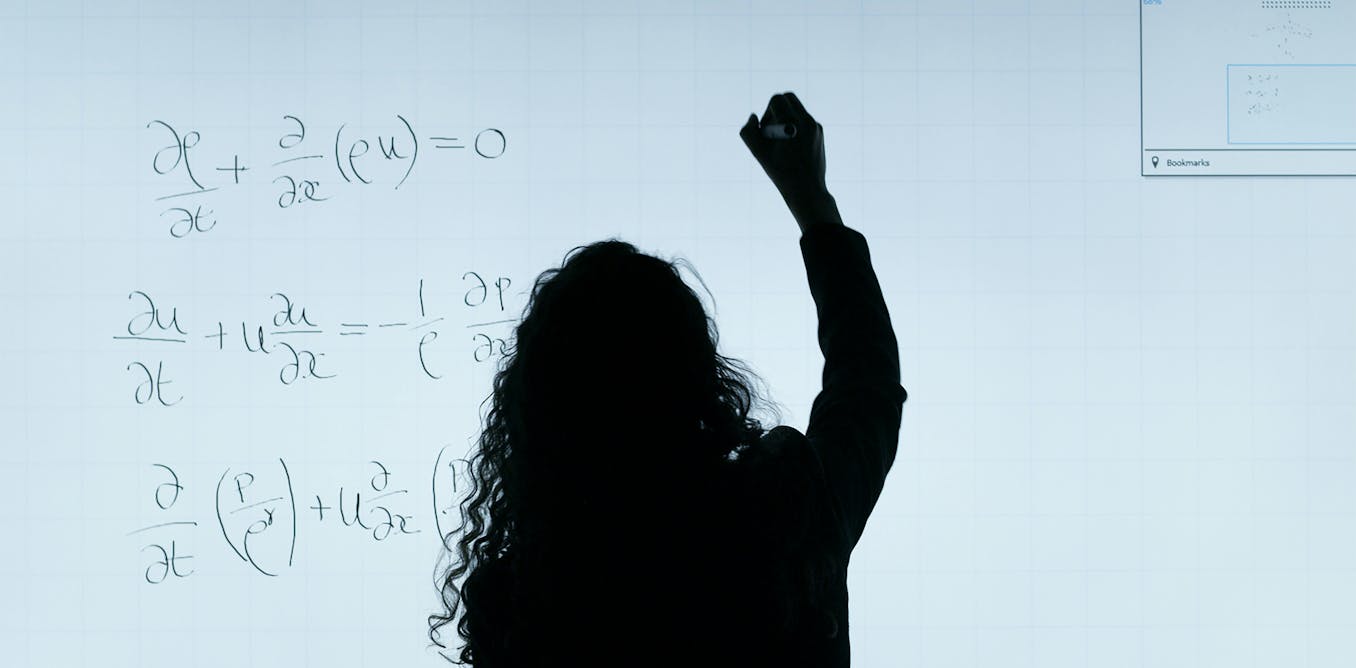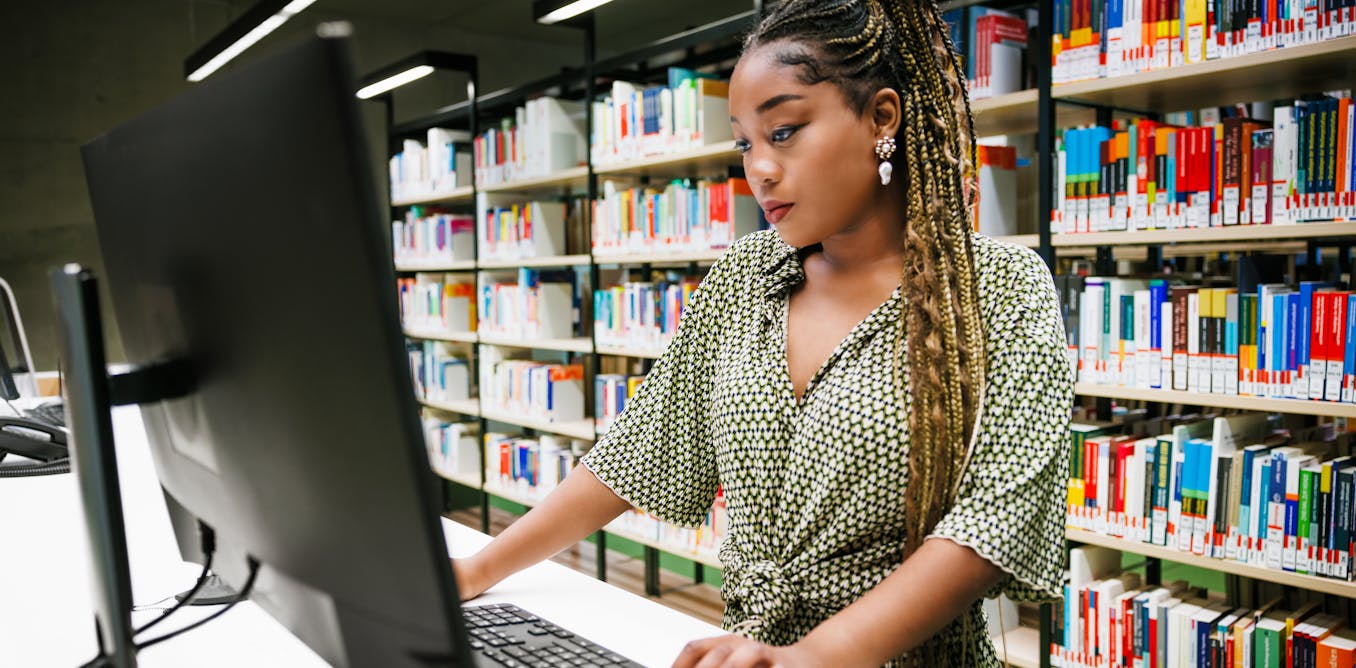Surrealists believed in the power of dreams. Inspired by Freud’s theories of the unconscious and dream-work, André Breton saw the irrationality of dreams as an artistic method capable of revealing new, revolutionary ways of being.
A century later, what it means to dream stretches beyond the unconscious into the disembodied processes of machine systems.
Dreams have become a metaphor for how artificial intelligence metabolises information and produces “AI slop”.
Opting out of AI systems is no longer possible. Any digitised trace will eventually reappear as a synthetic output. As AI conjures us from our information, its neural processes exceed our comprehension – amplifying our biases in the service of capitalism.
Data Dreams at the Museum of Contemporary Art brings together artists who make these tensions visible.
AI and the ‘social dream’
Hito Steyerl argues generative AI produces “mean images”: statistical averages derived from training datasets. They are “social dreams without sleep”, reflecting what society pays attention to.
Courtesy of the artist, Andrew Kreps Gallery, New York and Esther Schipper, Berlin/Paris/Seoul, stills © Hito Steyerl / © VG Bild-Kunst, Bonn 2025
Steyerl’s video installation Mechanical Kurds features footage from the Domiz refugee camp in Iraq. She follows Kurdish refugee click workers who annotate data for the warfare systems that monitor them.
Sculptural supports in the gallery space echo the bounding boxes which appear on screen. They are subtle reminders we are enmeshed in these infrastructures.
Lynn Hershman Leeson’s video works explore the political stakes of AI. In Logic Paralyzes the Heart and Cyborgian Rhapsody, her cyborg protagonists move between questions of military surveillance, facial recognition systems, machine hallucination and the rapid obsolescence built into technology.
Staging dialogues between humans and machine doubles, she exposes the instability of human agency when machines are involved with our social interactions and creative lives.
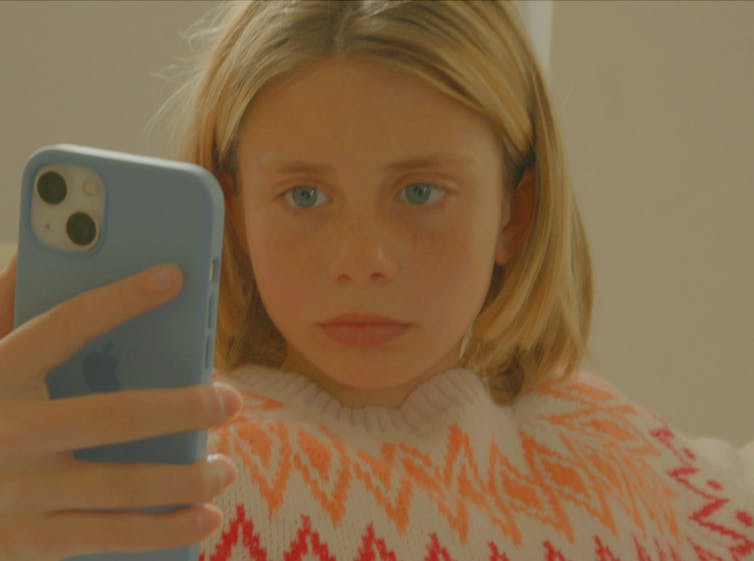
Courtesy of the artist; Altman Siegel, San Francisco; and Hoffman Donahue, Los Angeles and New York. © Hotwire Productions LLC
Trevor Paglen’s series of AI generated images, Adversarially Evolved Hallucinations, turns to the instability of perception in machine vision.
The images are created with early machine learning algorithms, known as GANs and are printed using photographic processes.
Paglen suggests these “hallucinations” sit at the edge of what is classifiable and visible. This insight into how algorithms “see” shapes our vision.
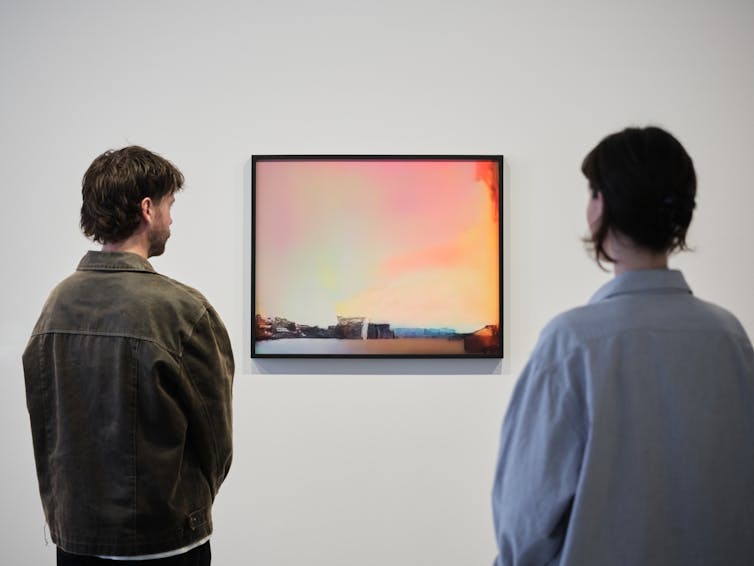
Image courtesy the artist and Museum of Contemporary Art Australia © the artist, photograph: Hamish McIntosh
Kate Crawford and Vladan Joler’s Anatomy of an AI System maps the social and material infrastructures of an Amazon Echo.
Their diagram traces the machine’s full life cycle alongside dissected components and raw minerals. The work reveals how deeply AI is embedded in ecological and economic systems, competing for the resources that sustain life – only to eventually be discarded as toxic e-waste.
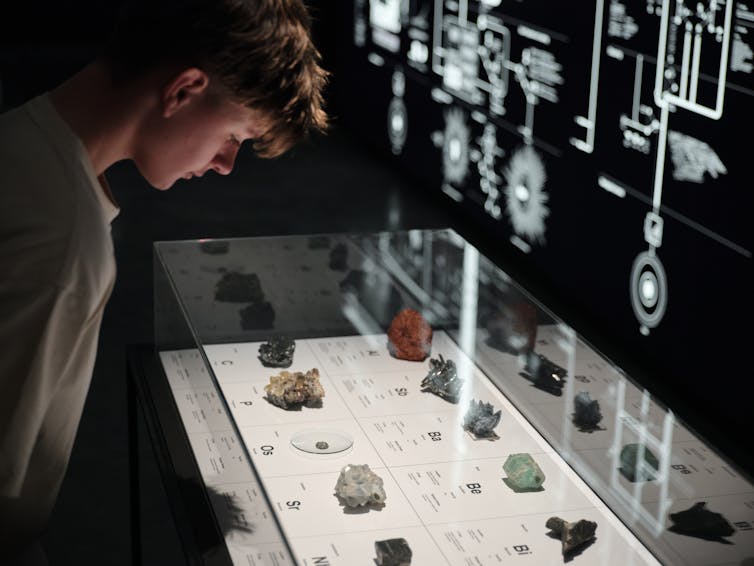
Image courtesy the artists and Museum of Contemporary Art Australia © the artists, photograph: Hamish McIntosh
Material ecologies
We are invited to consider whether AI might be a collaborator in helping us understand what intelligence is, and what might constitute a generative system.
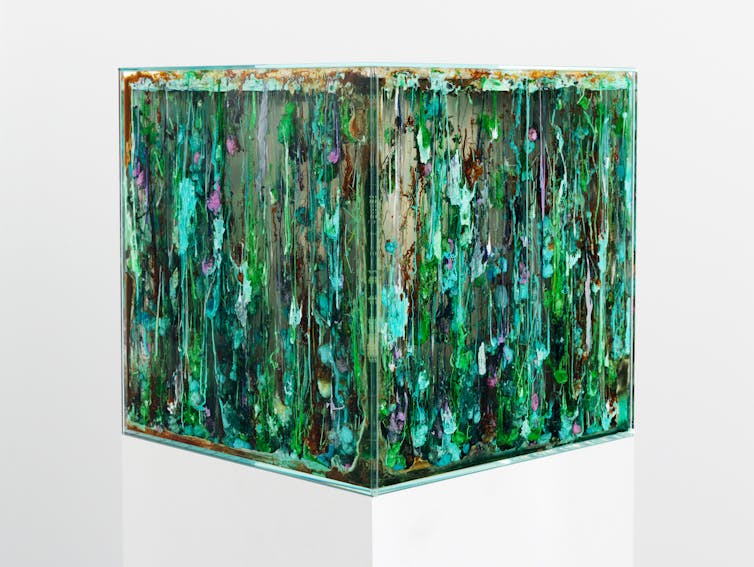
Courtesy of the artist and Marian Goodman Gallery. Photograph: Elisabeth Bernstein
Agnieszka Kurant’s sculptures and paintings suggest intelligence is not strictly a human concept. She works with biologists to reveal origins of life through computation. Her temperature-sensitive shifting copper colour fields respond to human sentiments expressed on social media.
Her works are wild in their premise and execution. They prompt us to comprehend the ways machines and minerals expand how we see the world beyond ourselves.

Image courtesy the artist and Museum of Contemporary Art Australia © the artist, photograph: Jacquie Manning
Anicka Yi’s jellyfish-like organisms feature in a kinetic sculptural installation and video piece generated by an AI model trained on her past work. These forms take on a kind of speculative biology while visualising the earliest forms of life on Earth.
This is echoed in Angie Abdilla’s video installation using machine learning to visualise Big Bang narratives alongside Aboriginal creation stories.

Image courtesy the artist and Museum of Contemporary Art Australia © the artist, photograph: Hamish McIntosh
Dreaming of speculative time
The broad stakes of what it means to dream in this exhibition are the ways AI is used to visualise history, predict the future and question who gets to do so.
Fabian Giraud’s meditative video piece, The Feral, employs AI as the algorithmic custodian of a collective thousand-year artwork. Artists across generations will construct “epochs” that teach the evolving system how to see.
The current epoch, produced by Giraud, marks the first of these iterations. The video piece depicts a scene from 1,000 years ago, following villagers in a forest as they ponder the end of humanity after consuming a psychoactive substance.
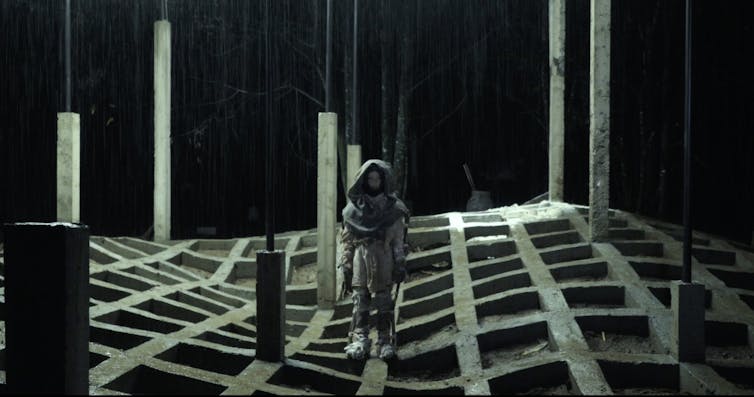
Courtesy of the artist
Giraud deftly points to the enduring importance of language in training AI systems with resonances to mythical ideas of being “human”. AI is employed as a poetic and speculative device, allowing us to think about histories and the future while it serves as a witness to our evolving humanity.
Christopher Kulendran Thomas’ installation was shot partly on Tamil homeland, now inaccessible due to government restrictions. The work overlays generated footage, deepfakes and scraped social-media text to write a counterfactual political history.
The work is installed among reflective screens, with new dialogue and footage with every screening cycle. The video relies on an algorithm to scrape social media for new content, producing an unstable and unpredictable reality mirroring our age of misinformation.
Dreaming, again
These works prompt consideration of what happens when our social encounters, and even our sense of time, are increasingly mediated by AI. What becomes of dreaming?
This is where Breton’s defence of the dream as unruly, embodied and resistant to productivity logic feels newly relevant.
Defending the act of dreaming may be more a political declaration than a nostalgic reversion. It suggests a desire to question how we can use AI to imagine differently, and to dream speculatively, wildly about what is possible rather than plausible.
This might be one of the last terrains to resist algorithmic optimisation or slop-ification.
Data Dreams: Art and AI is at the Museum of Contemporary Art, Sydney, until April 27 2026.
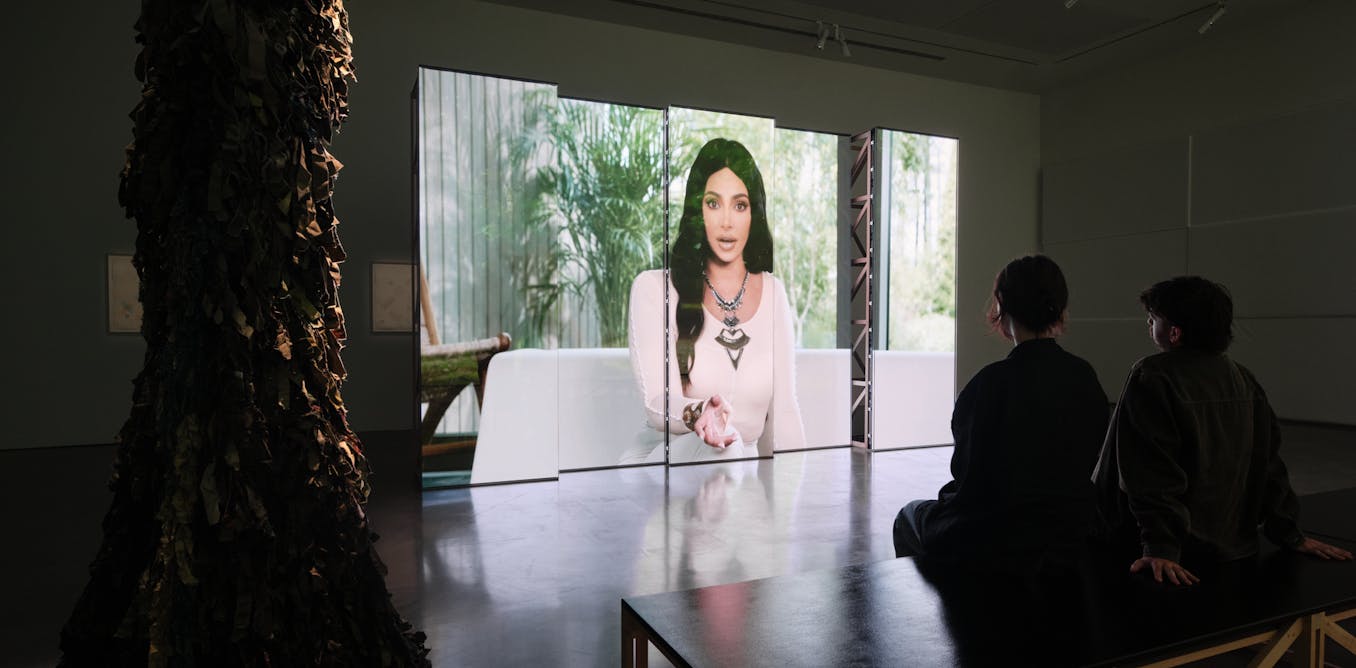
The post “AI ‘dreams’ up new realities. How does this impact the way we understand our own dreaming?” by Sara Oscar, Senior Lecturer, Visual Communication, School of Design, University of Technology Sydney was published on 11/26/2025 by theconversation.com


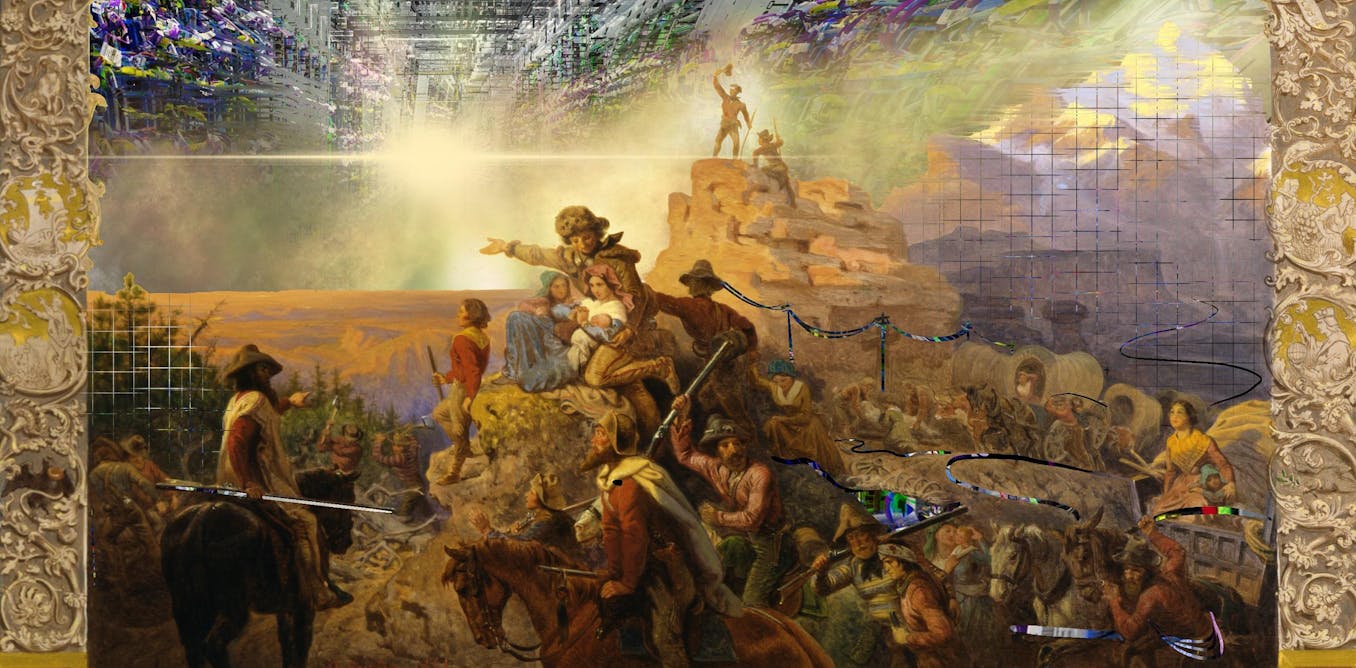
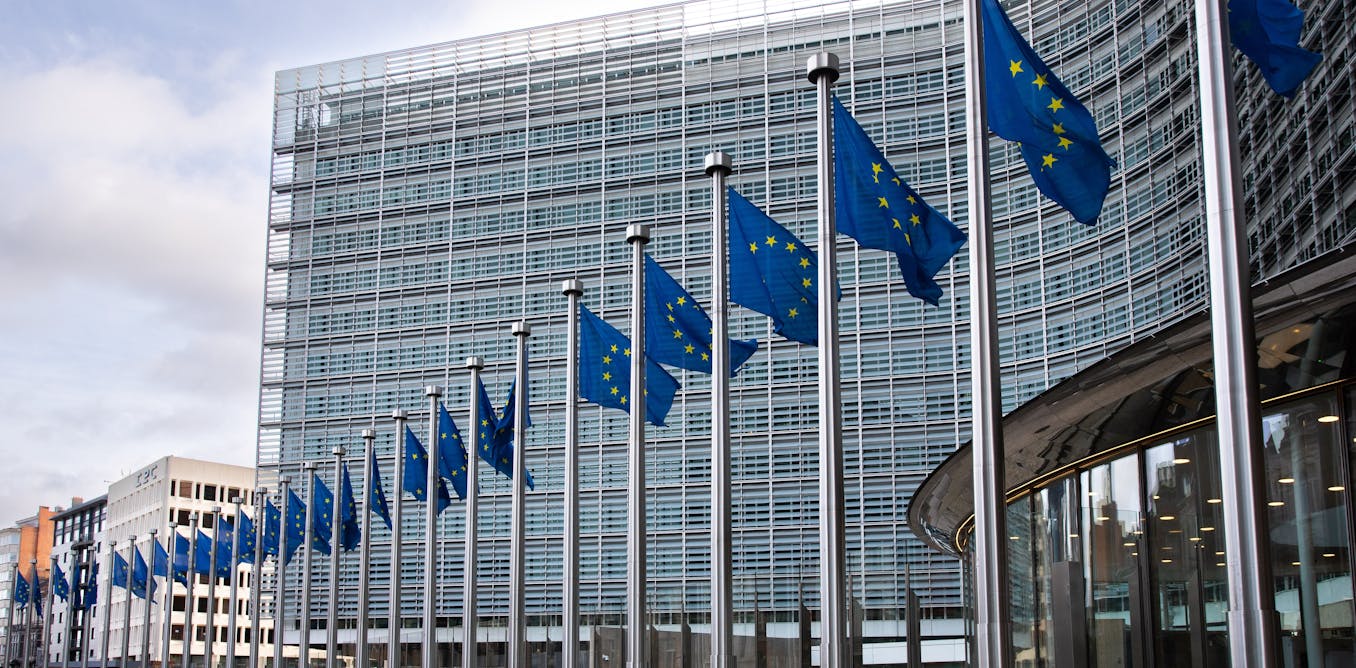
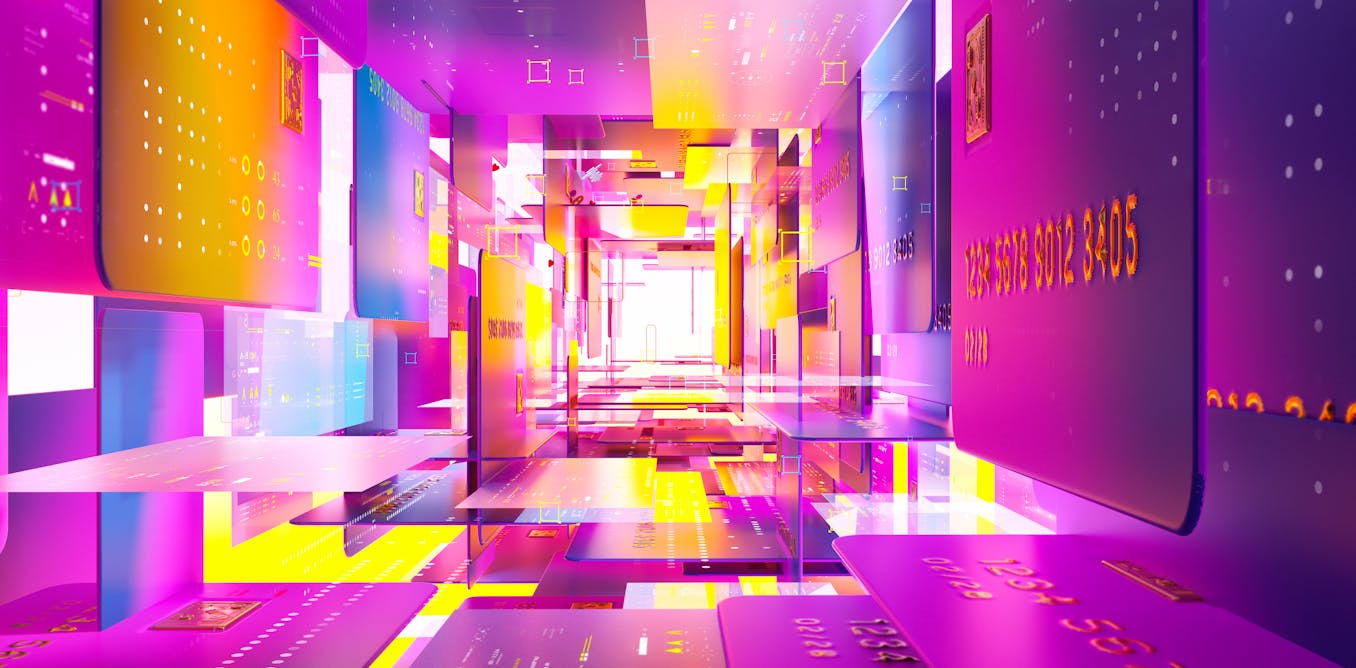
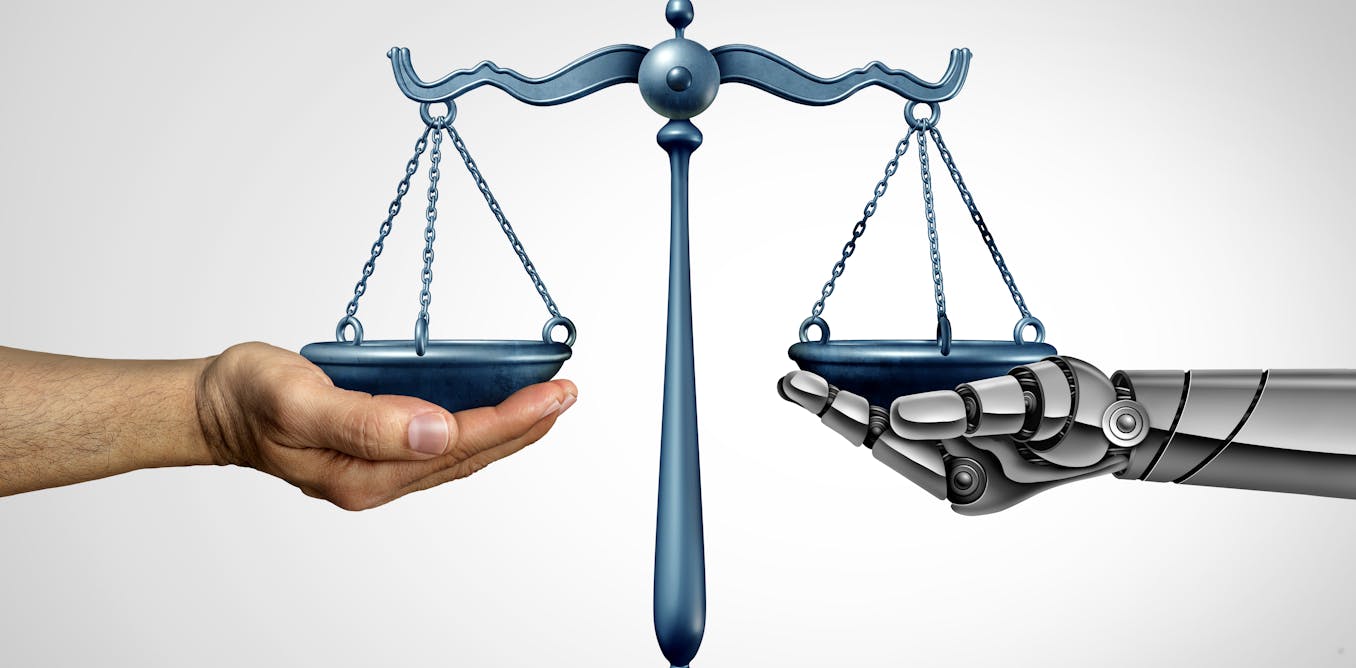

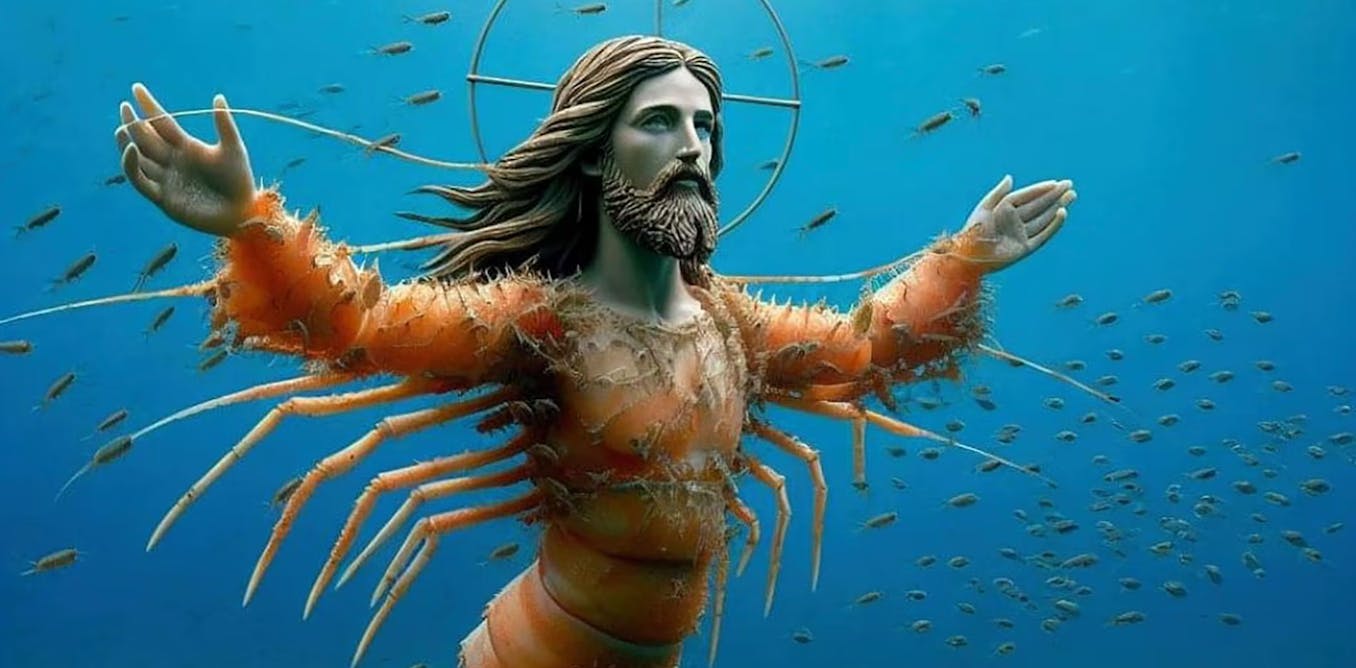

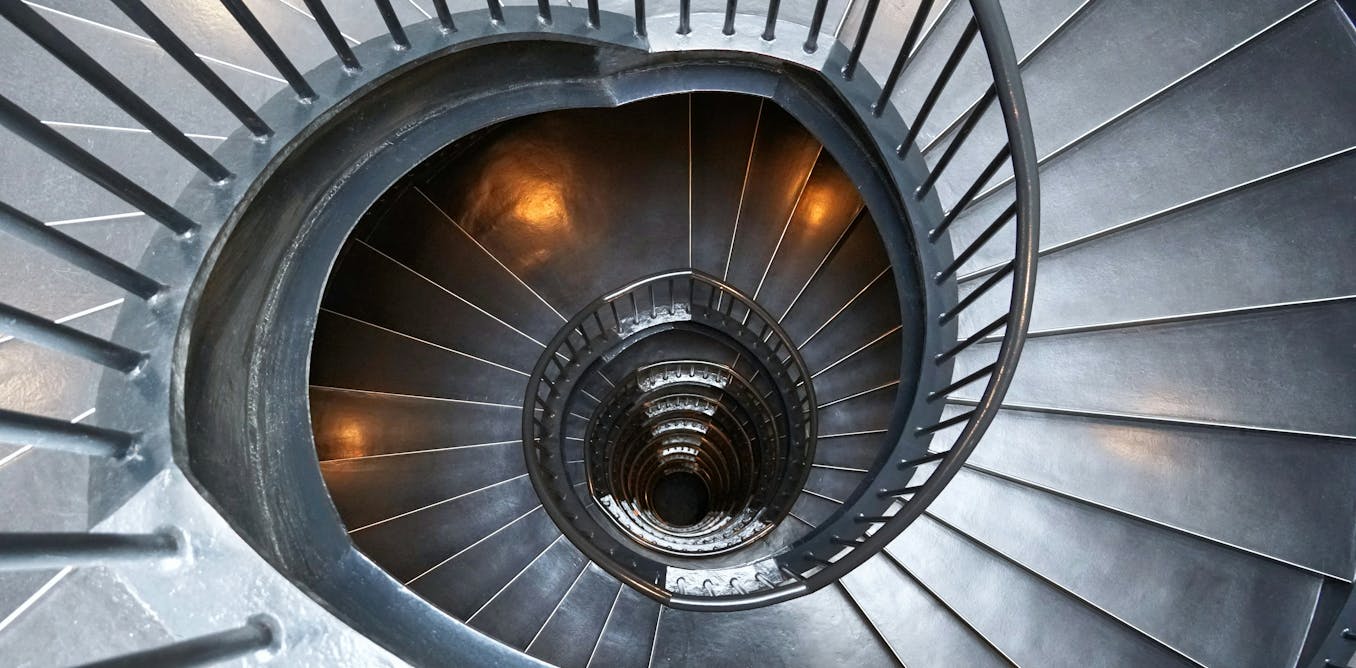
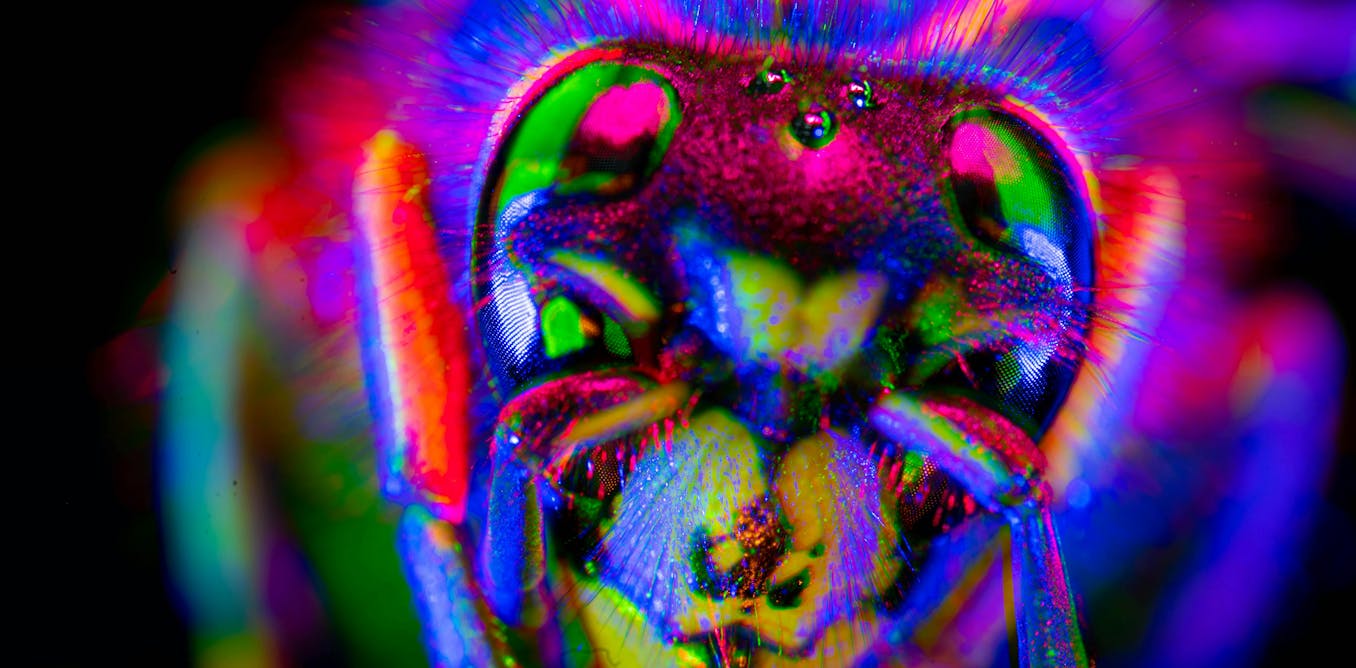
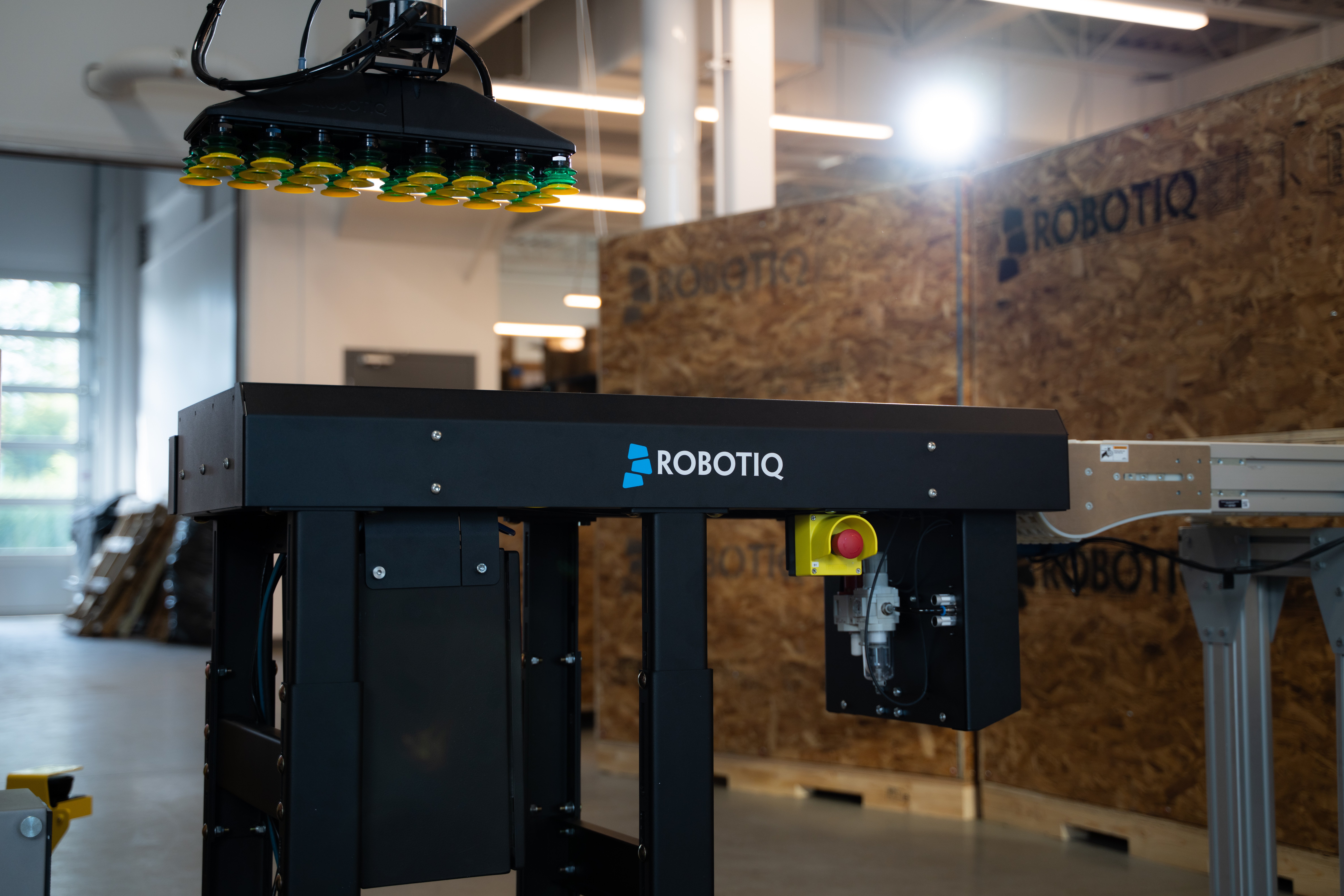


-2.jpg)

